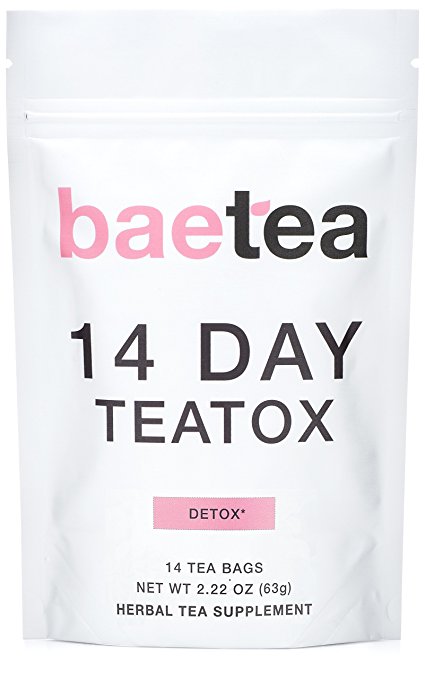What to Expect During Alcohol Detoxification
Detox is the first step in the recovery process for people who are addicted to alcohol. It is a safe and medically supervised period that helps reduce or alleviate withdrawal symptoms to begin treatment safely.
If left unsupervised, severe alcohol withdrawal symptoms such as seizures or delirium can be fatal. Trained professionals should perform detox in a rehab facility.
Medically Assisted Detox
Detoxification, the first step in addiction treatment, removes harmful substances from a patient’s body. It can cause uncomfortable withdrawal symptoms, including diarrhea, vomiting, muscle pain, and fever. These symptoms can be managed with medication. Psychological symptoms of withdrawal can last longer and may include depression and anxiety. A therapist or counselor can teach patients techniques to manage these symptoms.
Inpatient detox centers offer around-the-clock supervision and medical assistance. These centers prepare patients for therapy and refer them to a therapist. They also conduct an extensive background check and require a lot of paperwork. They should be licensed and accredited and accept your insurance.
Some people may find abstinence unrealistic or even dangerous, so detox aims to reduce drug use and related harms. For this reason, a successful alcohol detox San Diego can be considered a milestone in recovery, but it’s not a standalone treatment. It’s essential to start treatment as soon as possible after detox.
Inpatient Detox
Many people with alcohol use disorder (AUD) struggle to quit drinking independently. Inpatient detox at a treatment center separates them from the people, places, and things that trigger their substance use and allows them to focus on achieving medically-managed sobriety.
During inpatient detox, you’ll live onsite at the treatment center and receive round-the-clock care from a team of professionals. They will monitor your health throughout the process, ensure you’re comfortable, and administer medication as needed to mitigate withdrawal symptoms.
Inpatient detox is the safest way to manage your withdrawal from alcohol, especially if you’ve experienced severe symptoms in the past, like delirium tremens. It’s also recommended if you have co-occurring psychiatric disorders or other medical problems that require inpatient treatment. Upon arrival, you’ll have an intake assessment to discuss your situation and needs. Then, each day will start with breakfast, followed by a group therapy session. You’ll be served dinner and then encouraged to get enough rest for the next day.
Outpatient Detox
Heavy drinking can create physical and emotional problems requiring professional care. Alcohol detoxification is the first step to recovery from alcohol addiction. Ideally, detox should be done in a treatment facility where medical and psychiatric staff are available to monitor withdrawal symptoms and provide support to help individuals stay abstinent during this difficult time.
A person who has a long-term alcohol dependency will likely experience uncomfortable or even dangerous withdrawal symptoms when they stop drinking. These withdrawal symptoms can range from anxiety and sweating to hallucinations, seizures, and high blood pressure. Unless managed properly, these symptoms can be fatal.
An outpatient alcohol detox program typically requires a person to travel to a treatment clinic several times a week to check their vital signs, take blood tests, and participate in group or individual therapy sessions. These visits are scheduled throughout the day to allow people to maintain their work and family commitments while they undergo detox.
Home Detox
Home detox is safely withdrawing a dependent drinker from alcohol without hospital admission. It can be more comfortable than inpatient detox and has excellent patient satisfaction rates. This approach may be used with other therapies, like cognitive behavioral therapy, to ensure recovery.
It is a good idea to have an emergency plan in place before beginning home alcohol detox, as withdrawal symptoms can be dangerous. A trained medical professional should also be available to monitor the patient’s condition. Anticonvulsant drugs are usually prescribed to prevent seizures, while sedatives like benzodiazepines and barbiturates can be used to control withdrawal symptoms. Newer medications such as acamprosate and naltrexone can also reduce alcohol cravings.
While detoxing alone at home is possible, it is generally not recommended. It can be tough to stop drinking, increasing the risk of relapse. Moreover, the discomfort and danger of withdrawals at home could erode motivation for continued sobriety, leading to a relapse spiral.


